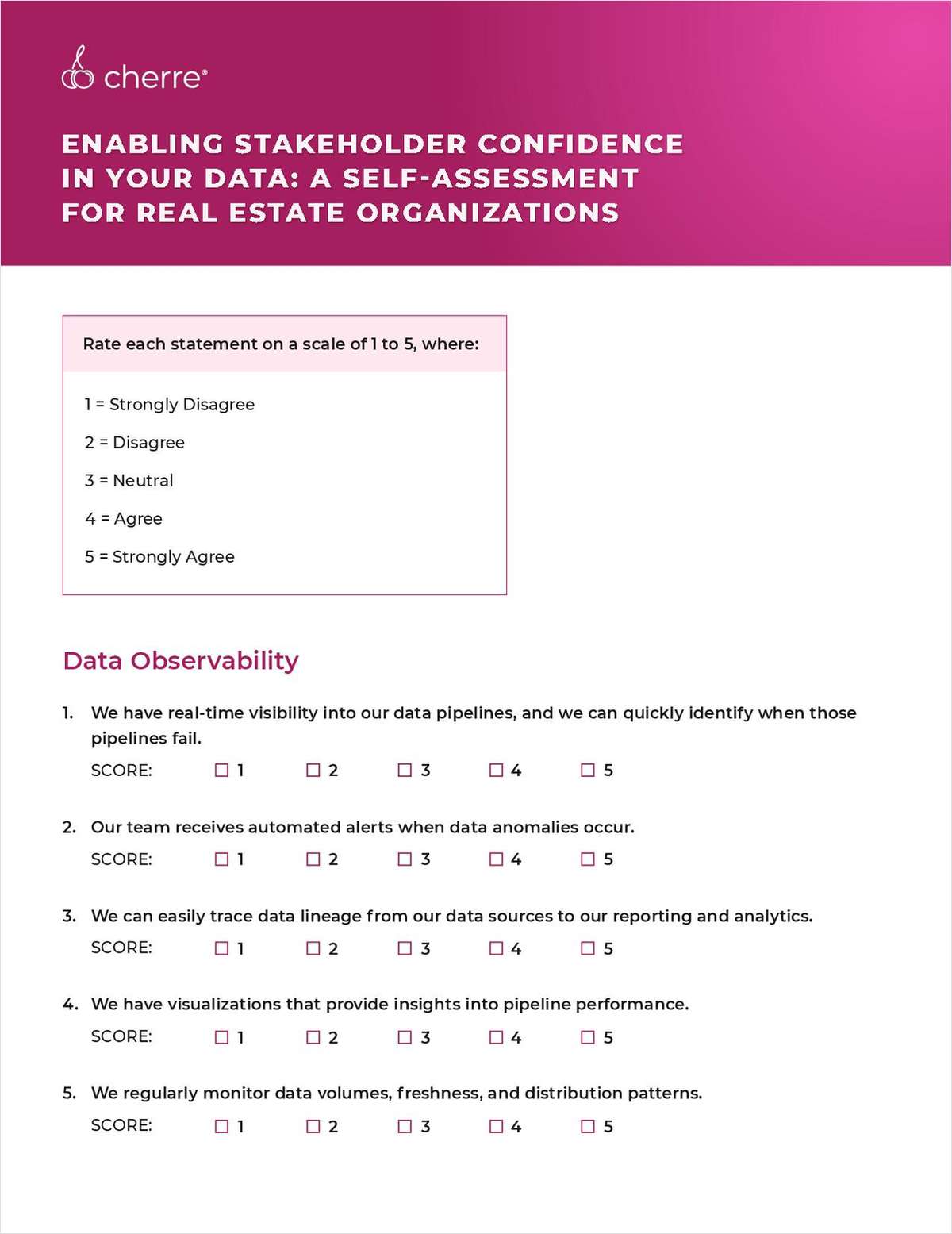Erika Morphy is co-editor of Debt and Equity Journal, from which this article is excerpted.
Philadelphia-Executives in the community development financial institution (CDFIs) community are optimistic a rating tool the Opportunity Finance Network has been honing for three years could open the doors to new investment. The locally based OFN is a $4 billion national network of 167 financial institutions that helps to finance community development opportunities.
"The idea is to make it easier for investors to invest in CDFIs by giving them information about whether the CDFI meets its risk and other criteria," says Kathy Stearns, executive vice president of the CDFI Assessment and Ratings System or CARS. "To date, there has been no way for such investors to get a third party analysis and rating of CDFIs."
Typical investors are a small universe of foundations, state and local governments and related organizations as well as occasional high net worth individuals interested in supporting community projects. Larger capital sources, such as institutional investment or real estate funds, have traditionally tended to shy away from CDFIs because they are not familiar with these organizations or their operations. However, CARS could change those perceptions. Large institutions may be more likely to invest in CDFIs after the investment community becomes familar with CARS, industry experts speculate.
The Merrill Lynch Community Development Co., for instance, has already promised to place $93 million with CDFIs based on analysis of organizations using CARS. The company, which received the funds through the US Treasury Department's New Markets Tax Credits Program, made the announcement late last month at the OFN conference in Washington, DC. It will begin investing under the program in early 2007. "It is a very encouraging development," Tom Manning, director of capital access programs at Primary Care Development Corp. in New York City tells Debt & Equity Journal.
So far, OFN has rated 22 agencies in a process that is similar, in some respects, to a rating from Standard & Poor's or Moody's. Stearns, for instance, does a site visit and examines financial metrics including asset quality and ratios around delinquent loan losses. The rating also takes into account non-financial performance--a departure from the S&P, Moody's and other ratings services.
Primary Care Development has received a Triple A+ 3 rating. The triple A is the highest rating the organization could receive for "impact", Manning explains. "The 'plus' means we are effective on the policy front and the three means our financial status is satisfactory." The highest rating any CDFI can receive is a Triple A+5, but Stearns says few CDFIs will rank that high.
"Some of the CDFIs have been surprised by their rating," she admits. "They want the best score and do not realize that few will come out in the best category. We have to convince some that a middle range three is acceptable."
A former financial executive in the for-profit world, Mike Crist, CFO of the Philadelphia-based Reinvestment Fund, which provides loans and investments throughout most of the Mid-Atlantic, is sanguine about the rating process, calling it "fair and rigorous." He is also realistic about its potential to attract new investment, at least in the mid term. "It will be a long way to go before mainstream capital markets will accept CARS as a legitimate rating system, if only because the bells and whistles are different from what they are used to," he says.
Crist and Manning agree, however, that CARS will help those funding sources that traditionally invest in community development projects, but haven't specifically invested with them yet. "In the competition for limited resources, a good rating should theoretically put the CDFI at the top of the list," Crist says. "In the not too distant future, CARS will be an investor requirement."
Once that benchmark is reached, the industry will try for mainstream investors--institutions, for instance, that are interested in leveraging the New Markets Tax Credits Program. A conceivable example is a securitization of charter school loans. Similar structures have come to market, Crist notes, albeit not quite on an arms length basis. "You have to accumulate sufficient collateral, say $100 million, to make the transactions fees worthwhile." Ultimately, though, he has faith CDFIs will eventually participate in mainstream markets. "We create marketable products. It is just a matter of time for investors to understand them," he adds.
Want to continue reading?
Become a Free ALM Digital Reader.
Once you are an ALM Digital Member, you’ll receive:
- Breaking commercial real estate news and analysis, on-site and via our newsletters and custom alerts
- Educational webcasts, white papers, and ebooks from industry thought leaders
- Critical coverage of the property casualty insurance and financial advisory markets on our other ALM sites, PropertyCasualty360 and ThinkAdvisor
Already have an account? Sign In Now
*May exclude premium content© 2024 ALM Global, LLC, All Rights Reserved. Request academic re-use from www.copyright.com. All other uses, submit a request to [email protected]. For more information visit Asset & Logo Licensing.








